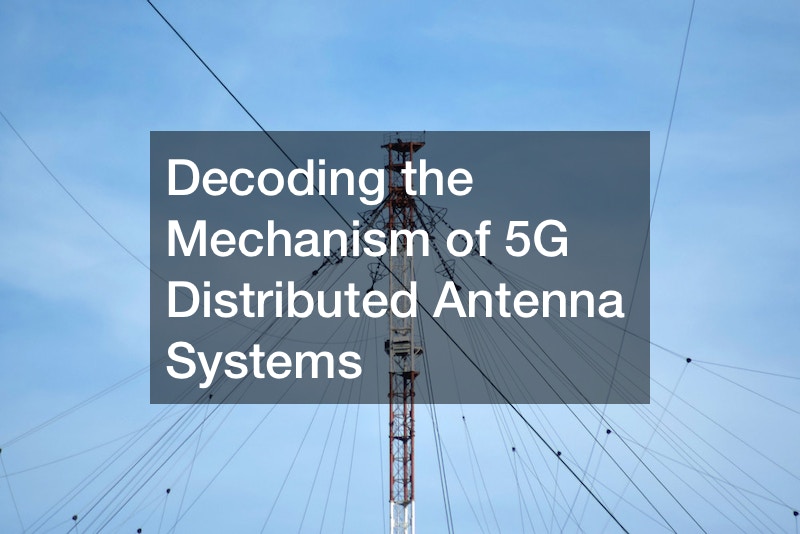Decoding the Mechanism of 5G Distributed Antenna Systems


In our modern era of constant connectivity, maintaining seamless mobile communication within buildings has evolved into a necessity. Enter the 5G Distributed Antenna Systems (DAS), a sophisticated solution designed to overcome the limitations of traditional cell towers, particularly in indoor environments.
A 5G DAS functions as a Distributed Antenna System, distinguishing itself through its capacity to efficiently extend coverage within structures. Unlike conventional cell towers that transmit signals from a singular location, a DAS disseminates radio signals to multiple strategically placed antennas inside a building. This is especially critical due to signal impediments presented by walls, elevators, and various pieces of equipment.
The operational dynamics of a fiber-to-the-edge DAS involve a centralized head-end interface that receives multiple radio inputs from distinct wireless service providers. Subsequently, these signals are amalgamated at low power and converted into light for distribution over fiber optic cables. These cables then transport the signals to intermediate distribution frame (IDF) rooms on each building floor, where optical signals split for further distribution to various antenna locations.
Within the IDF rooms, the role of DAS remotes is pivotal. These remotes receive low voltage electrical power through copper conductors integrated with the fiber optic cables. They subsequently convert the fiber optic signals back into radio frequencies and amplify them, ensuring robust coverage throughout the building.
5G DAS solutions, characterized by their ability to support multiple frequency bands and their adaptability to fiber-optic infrastructure, represent a cutting-edge approach to in-building mobile connectivity. As technological advancements continue, the adoption of 5G DAS emerges as a strategic move for businesses and organizations aiming to provide reliable and pervasive cellular service to employees, customers, and visitors alike.
.








